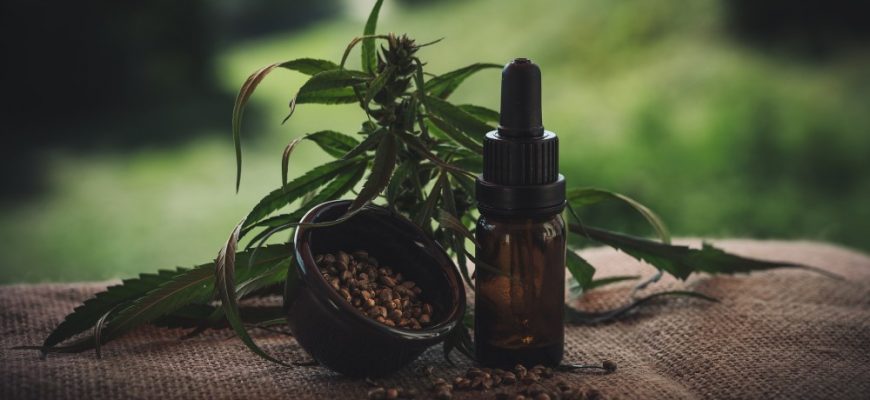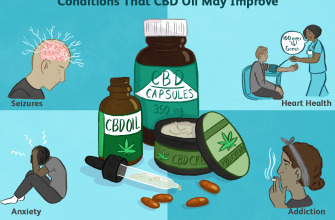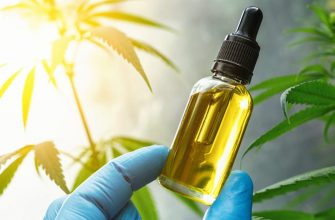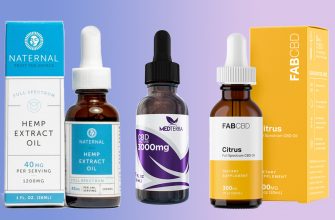It is difficult to pinpoint the time when professional athletes from various sports began using cannabidiol when recovering from injuries and bruises affecting the skeletal system and connective tissue. Today it is already clear that this is not a trend.…
Reducing inflammation, healing fractures, treating fractures while walking, and accelerating recovery time are important factors in choosing the right therapeutic path for athletes. Research on this has progressed over the past two years, and more evidence is emerging in countries where CBD is legal for non-athlete consumers who self-medicate with CBD oil.
anatomy:
An adult’s body consists of 206 bones, although it is born from 270 bones. The difference arises from the need to allow the body to lengthen. A baby is born with small bones connected by flexible connective tissue. As the organs grow, the connective tissue disappears and the smaller bones attach to the larger bones. Bone tissue is the main component of the skeleton. It gives the body its shape. Bone tissue consists of bone cells, intercellular material and minerals.
The human skeleton consists of two parts:
Axial skeleton: Axial skeleton: skull, spine, ribs and sternum.
2. Appendicular skeleton: upper limbs, lower limbs, shoulder girdle, pelvic girdle, facial bones. Some people attach the pelvis to an axial skeleton because the tip of the bone and the sharp bone (coccyx) in the spine form the back wall of the pelvic ring.
The torso is built around a hollow vertical axis called the “spine”.
The spine is made up of bones called “vertebrae”.
The spinal cord runs inside the spine.
At the top, the skull is connected to it by the first vertebra (C1), called the atlas.
The upper and lower limbs emanate from the axial skeleton.
The upper limbs are shorter and weaker. They end in the palm of the hand, with the help of which a person can perform various actions.
The lower limbs end at the feet.
Bone: Hard and dense connective tissue that is the central part of the skeleton of most vertebrates.
Bone gives them their shape and their function.
Bones are involved in activities that support, move, protect, store, and produce red and white blood cells in the body.
It is a firm but lightweight and fragile fabric, dense on the outside and porous on the inside, allowing for ease of movement. Actually several roles. The bone allows the body to move and supports it. Bones provide the necessary resistance for skeletal muscle to function. They help muscles to maintain or change the structure of organs in the body. They also provide muscle grip. Bones, such as the skull and ribs, provide the internal organs of the body (such as the brain and lungs, respectively) with protection from external forces. Bone serves as a place for minerals to accumulate in the body. It helps maintain the balance of ions in the body, in particular calcium savings and metabolic activity. Some bones have areas containing bone marrow, where blood cells are produced and differentiated.
Bone tissue is a dynamic tissue – Bone breaks down and regenerates over the course of life in the process of renewal.
This process depends on mechanical stimuli, metabolic factors, hormonal effects, drugs, and gravity.
With age, more is destroyed than is built, so bones break more easily in old age.
Bone loss – osteoporosis
Osteoporosis, Osteoporosis. A bone disease in which bone mineral density is reduced due to impaired calcium and phosphorus conservation, and as a result, the microarchitecture of the bone is impaired. Bone bones are more prone to fractures. Although there are treatments for the disease, preventive treatment is still considered the most effective way to prevent fractures. Since the disease is mainly affected by the female sex hormone estrogen, more women, especially after menopause, are affected by it than men. Other causes of the disease are: other hormonal factors, very low body weight (for example, due to anorexia), tobacco smoking, certain medications (for example, steroids) and many chronic diseases (for example, arthritis).
CBD And osteoporosis treatment:
Important concepts:
Osteoblasts – build bone.
Osteoclast – destroys bone.
Bone resorption cells are responsible for the breakdown of minerals in bones.
The balance in their opposite actions, which occurs throughout life, will determine the strength and health of bones.
The pharmacological profile of endocannabinoids indicates the presence of several long chain fatty acid amides:
(fatty acid amides (FAA), some of which can affect osteoblasts and osteoclasts.
In the skeleton, fatty acids activate the endocannabinoid receptor CB1R, located at the ends of sympathetic nerve cells, as well as the CB2R receptor, the orphan GPR55 receptor (receptors associated with an intracellular subunit called the G-protein) and cation channels, some of which affect osteoblasts and osteoclasts.
Along with this information, it has become clear in recent years that fatty acids from the FAA family may play an important role in the suppression of osteoporosis and other diseases affecting the skeleton and bones.
Links:
Click here to learn more about CBD oil for sale…
Accelerated bone resorption by osteoclasts plays a key role in the pathogenesis (causes of the disease) of osteoporosis and other bone diseases. Identifying the molecular pathways that regulate osteoclast activity provides clues to understanding the causes of these diseases and developing new therapies.
Another study showed high bone mass in mice with CB1 receptors receiving antagonists. Not activeThey have been found to be protected from bone loss caused by ovarian resection. It was found that these mice suppress osteoclast activity and suppress the production of survival factors that are secreted by these cells.
The results of these recent studies also demonstrate that the endocannabinoid system plays an important role in maintaining normal bone mass.
CBD, Anandamide and Bone Building:
Additional studies demonstrate a role for endocannabinoid anandamide in regulating bone resorption / bone building in an experimental mouse model.
The study examined the dual expression of the TRPV1 receptor and the CB1 and CB2 receptors, as well as two enzymes responsible for the synthesis and catabolism of anandamide:
N-acylphosphatidylethanolamine-hydrolyzing phospholipase D (NAPE-PLD is the enzyme that builds anandamide).
And fatty acid amide hydrolase (FAAH) is an enzyme that breaks down anandamide.
Finding new evidence for an important and interoperable function between CB2 and TRPV1 in osteoporosis, it can be assumed that TRPV1 receptor sensitivity or increased transport / movement, combined with overexpression of CB2 receptor agonists, may be critical in reducing calcium intake. Responsible for increased activity and higher absorption of bone tissue. Reducing the penetration of calcium ions into osteoblasts improves their bone-building function.
Bone mass is low in mice without CB2R, and this is the only phenomenon observed in these animals. The main physiological role is in bone remodeling (reconstruction).
In humans, a polymorphism in the gene coding for CB2R has been linked to osteoporosis during menopause.
The CB1 receptor has also been implicated. In mice without the CB1 receptor, bone mass is very high because it is not reabsorbed. Accumulation of fat cells in the bone marrow and less differentiation into osteoblasts. At the same time, an increase in the expression of phosphorylated CREB was observed.
The endocannabinoid system provides homeostasis of minerals and cells in bone, prevents increased destruction (osteoclastic action) and supports the activation of osteoblasts, which create new bone tissue.
Recently, there have been disturbing data on the relationship between Pain relievers for sleep and in between bone depletion – Especially in menopausal people and the elderly. Decades of daily opioid use, combined with a high-fat diet and inactivity, can lead to endocannabinoid dysfunction and therefore bone-related diseases.







